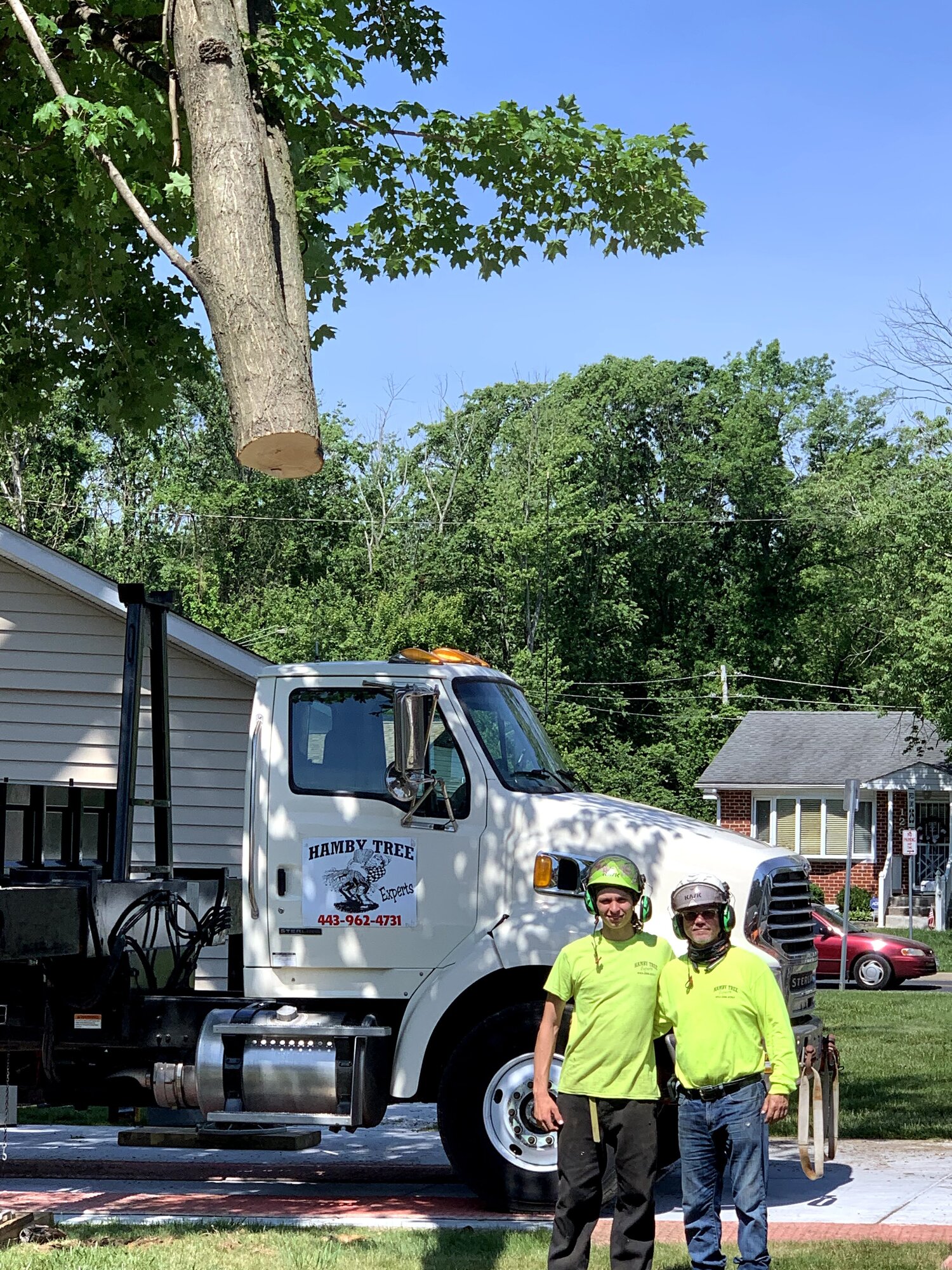[ad_1]
Whether you are planning on having a tree removal service come to your home or business, or you simply need some help with a specific tree, there are a few things you need to know before hiring a professional. These tips will help you to find the best tree removal experts for your job.
Assessing the location of the tree
Using a remote sensing technology such as Google Earth can yield important insights about the quality of your outdoor spaces. One of the most important aspects of this technology is the ability to assess the location of a tree. It is important to have a comprehensive list of the locations of trees on your property. With the proper planning, you can make sure your property is free of hazards.
The same technology can yield a multitude of useful information, from the size and location of trees to the best time to prune or mulch. It can also serve as a handy tool to comply with tree conservation laws.
Assessing for defects in the tree
Identifying defects in the tree can be a complex process. It requires evaluating observations and determining the degree of hazard. These defects can be minor or major, with the potential to cause the tree to fail.
Tree defects can be caused by decay, wind, or other forces. Some of these defects can be a result of the tree’s age, structure, or dimensions. Some of the most common defects include cracks, decay, hollows, root problems, and branch failures.
When evaluating defects in a tree, you need to examine the tree for all parts of it. You should look for dead or misshapen branches, as well as missing bark. Also, examine the tree’s roots, especially those that are in contact with the ground. If there is any sign of soil mounding around the base of the tree, this could be an indication of root problems.
Checking for diseased or dying trees
Whether you are looking to save a dying tree or get rid of one, it is important to know what to look for. A tree that is diseased or dying can be a serious hazard to people and property. If you are worried that your tree might be sick, contact a professional arborist.
An ISA Certified Arborist will examine the canopy for signs of disease. They look for abnormal growths, branch shape and color, and leaf spotting. They also look for signs of dead branches or leaves.
Depending on the location, the symptoms of sick trees may vary. In the Pacific Northwest, for example, anthracnose is a common fungus that affects hardwood trees. The fungus thrives in wet weather and can cause discoloration in leaves.
Assessing the cost of the job
Various factors play a role in determining the cost of tree removal. The largest factor is the size of the tree. Taller trees may require more personnel and machinery to remove them. Alternatively, smaller trees can be cheaper to remove.
Tree removal costs vary according to location, size and condition of the tree. You can find out more about these factors by talking to an Arborist. They will be able to give you an accurate quote.
Trees that are close to structures or powerlines can be challenging to remove. This may add a considerable amount of money to the bill. An Arborist will be able to determine the safest and most cost-effective way to remove the tree.
Licensing and insurance
Getting a tree removal company’s license and insurance is essential. It protects your property and ensures that you aren’t liable for any injuries that happen while you’re on the job.
The State Licensing Board (CSLB) receives thousands of applications each month. The agency is primarily concerned with financial crimes, but they also receive criminal records on a case-by-case basis. If you have a criminal record, you will have to submit court documents and a rehabilitation plan. However, if you have no financial-related convictions, you should have no problems with the application process.
A tree removal expert’s license is a two-year license, which means that you must take a test before you can be licensed. You must also have five years of experience under a Licensed Tree Expert (LTE). Whether you work for yourself or for someone else, you must have a license in order to perform tree care services.
Taking care of the tree in three steps
Taking care of the tree is a daunting task, but it is not impossible with a little knowledge and a fair amount of patience. The trick is in picking the right trees for the right reasons, as well as choosing the right location for the tree. Choosing the right location is crucial, as it will determine the life span of your new best friend. You can get the right type of tree by consulting a tree specialist, as well as selecting a location for the tree that will withstand the storms of a good storm. A tree with a healthy root system will perform better than one without.
[ad_2]
